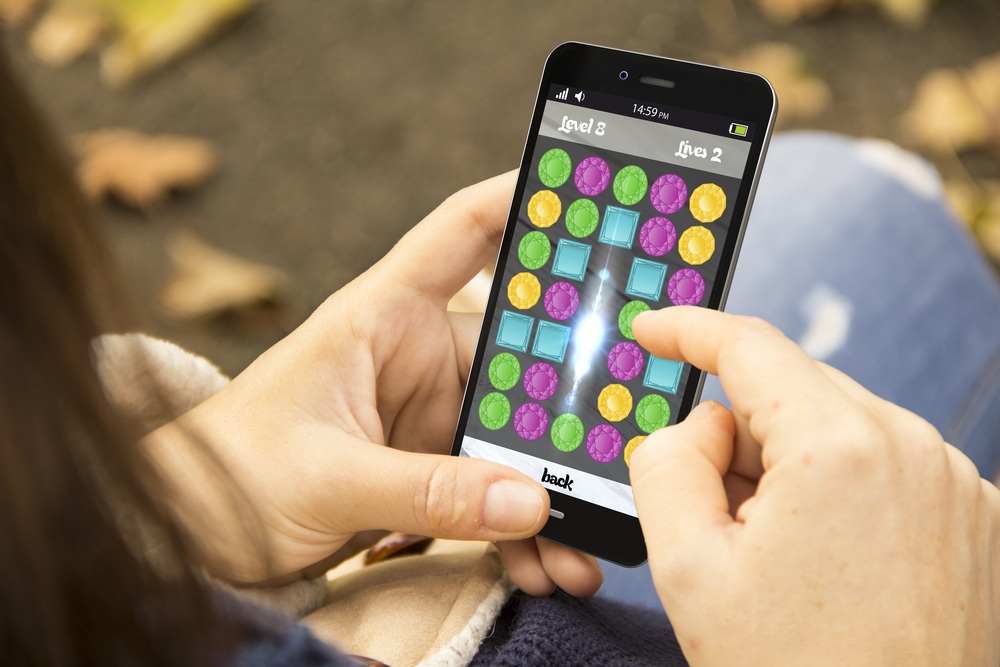As cryptocurrencies continue to grow, groups of coins are priming themselves for real integration into worldwide industries. Among these industries, video gaming is perhaps the most ripe for widespread utilization of crypto. While there are dozens of coins seeking to play a role in this inevitable adoption, there exist a handful that are differentiating themselves in order to become the pioneers of this integration.
What is MobileGo?
Among the game coin pioneers is MobileGo (MGO), an Ethereum/WAVES dual-blockchain token launched last summer. MobileGo is the sister currency of GameCredits (GAME), one of the first ICOs and the grandfather of gaming coins that launched in 2014. MobileGo serves as the vessel for the development of decentralized applications including eSports betting and in-game integration, as well as a means to use the products offered by GNation, the umbrella company for both currencies, such as its standalone mobile app store.
How does it work?
The supply of MGO is 100 million, but there actually exist 200 million tokens. That’s because the WAVES (WMGO) and Ethereum (EMGO) MobileGo tokens both have supplies of 100 million. Following the ICO that took place in May of last year, investors had the choice of being credited WMGO or EMGO. For every distributed WMGO and EMGO, there exists a frozen counterpart on the opposite blockchain. For example, if 70% of the supply were claimed on the Ethereum network, then there would be an equal amount (70 million) of tokens frozen on the Waves network.
With this implementation, GNation can develop products and services which play to the strengths of both platforms. In other words, they incorporate the ease and potential of Ethereum smart contracts as well as the speed of Waves. MGO provides trustless and decentralized applications never seen before, such as trustless online game betting.
MGO is deflationary by nature. Like most tokens, MobileGo has no inflation – the coins minted at launch are all that exist. However, MGO differs from the majority of cryptocurrencies in that the supply of the coin is regularly reduced via a buy-back-and-burn system. A percentage of all profits accrued by GNation through its GPlay mobile application store are used to purchase MobileGo on exchanges and burn them. 50,000 MGO tokens have already been burned by the team.
MobileGo in gaming
While most features of MGO are still in development, there are a number of game-changers nearing release that will put MGO, as well as GAME, in a very promising position to see massive use in video gaming worldwide. When the GPlay store sees its full launch and marketing, it’s likely that a number of mobile developers will look to publish their apps on the store, as GPlay purchase fees are three times less than those of Google Play and Apple’s App Store.
Beyond this, Unity is working to incorporate an option for MGO implementation for all games in the Unity Engine through a single click. The Unity Engine powers half of all mobile games, so this addition will have massive implications. Unity’s developers have been working full-time at the GNation headquarters since December in preparation for the integration to go live over the summer.
GNation will also be participating in March’s Game Developers Conference (GDC), the largest convention for gaming developers in the world. It’s likely that renowned studios and developers will begin working with the project and join established mobile developers such as Zeptolab, the creators of Cut the Rope, once they are exposed to MobileGO and GNation.
Price History and Analysis
With over US$50 million raised, MGO’s crowdsale was the second-largest ICO of all time. While this was exciting and grounds for much hype at the time, the aftermath suggests that perhaps a smaller, hard-capped ICO might have been the better option, as the price of MGO bled severely from its post-launch high in late June of about US$2.60 (96,000 Satoshi) to its all-time low in November of about US$0.20 (3,000 Satoshi). The massive downtrend was amplified by continual delays for roadmap targets and short-term investors giving up on the coin.

Fortunately, the coin has performed well since those November lows, currently trading at 7,000 Satoshi (US$0.75) with a market cap of roughly US$75 million. As short-term traders have gradually been replaced by long-term holders, the future of this coin is looking better and better. Roadmap delays can be attributed to broader ambitions by the GNation team, such as Unity’s incorporation. Much of the work done in the past eight months will be coming to fruition starting in the summer, when gaming activity is at a high.
The video game industry nets more than US$1 billion each year. If MGO and GAME can capture just 1% of the market, their combined market caps of just over US$200 million will surely experience insane growth. While the developments offered by GNation have major implications, the publicity of the project is equally important. GNation has been sponsoring a number of gaming events and attending conferences worldwide every week. They also sponsor Team Secret, a top eSports team which was recently crowned champion of DreamLeague, a premier DOTA league. The in-house mobile MMORPG, Pixel Wars, also has a ton of merit as a game of impeccable quality that will be used to kickstart usage of the GPlay store.
Conclusion
While it seems unlikely that a major price appreciation will take place for MGO in the very near future, it is poised for a major summer and a potentially groundbreaking 2018. As the coin has finally received strong support in recent months, it seems unlikely that the token, which is already trading at 93% below its high against BTC, would see further depreciation.
Therefore, MobileGo presents a unique opportunity as a medium to long-term hold with an explosive upside and a relatively minuscule downside. While it is only one half of the larger GNation initiative, there is certainly plenty of room for these symbiotic coins to grow immensely alongside one another.

